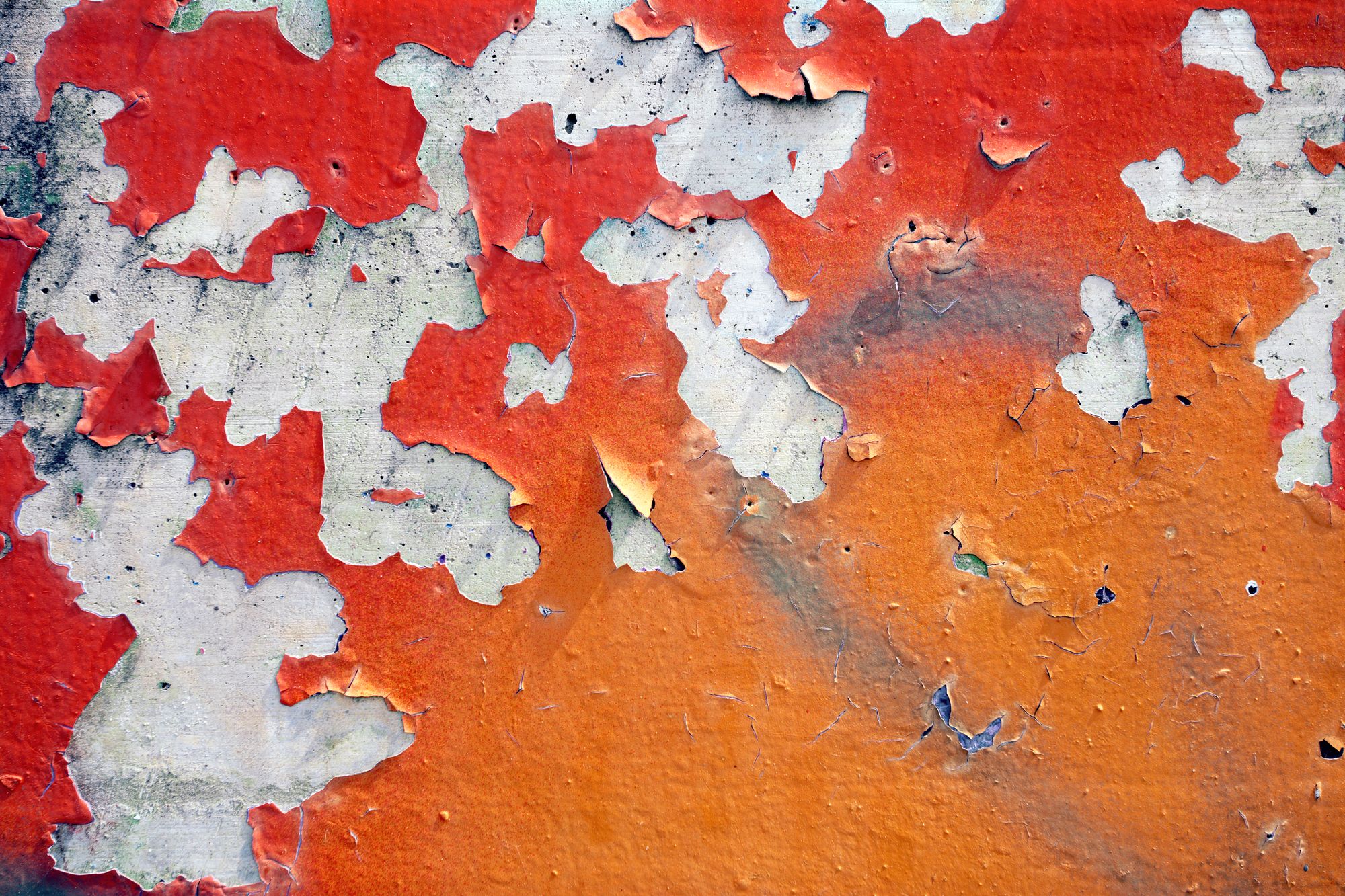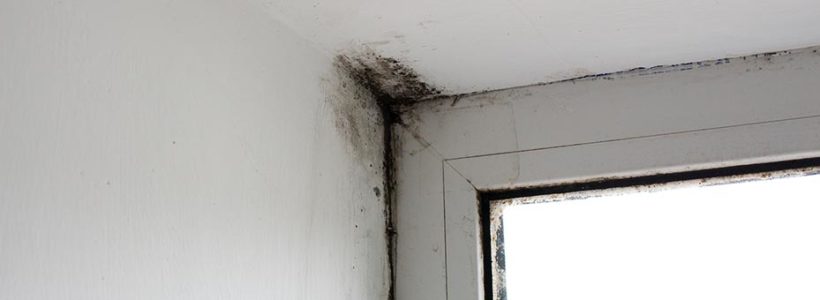Have you been interested in facts and techniques on How to Remove Water Stains from Walls and Ceilings?

Water stains on walls are not pleasurable to the eyes. Your house ought to be without discolorations on the wall surfaces, roofing system, or floors. That is the excellent state of a residence as well as its structures. Yet, sometimes it appears practically inevitable to experience water discolorations on walls in residences.
Homeowners living in damp areas frequently deal with the fear of water spots on wall surfaces. With all-around and also accurate info on the reasons of water stains as well as timely fixing processes, you will certainly constantly be a step in advance of such events.
3 Common Root Causes Of Water Discolorations on Walls
In contrast to common belief, water stains on walls do not constantly originate from poor building products. There are numerous causes of water spots on wall surfaces. These consist of:
Damp
When hot wet air meets with dry chilly air, it creates water droplets to form on the walls of structures. This takes place in kitchens and bathrooms when there is heavy steam from food preparation or showers. The water beads can tarnish the bordering walls in these parts of your house as well as spread to other areas.
Damp or condensation affects the roof and walls of structures. This creates them to show up darker than various other areas of the house. When the wall surface is wet, it produces an appropriate atmosphere for the growth of microorganisms as well as fungis. These might have adverse effects on health, such as allergies and breathing disorders.
Poor Drain
When making a structure plan, it is important to guarantee sufficient drainage. This will avoid water from seeping right into the walls. Where the drainage system is clogged or missing, below ground wetness develops. This links to too much moisture that you observe on the walls of your structure.
The leading reason of wet walls, in this instance, can be a bad drain system. It can also result from bad management of sewer pipelines that run through the building.
Pipeline Leaks
The majority of houses have a network of water pipes within the wall surfaces. It constantly enhances the stability of such pipelines, as there is little oxygen within the walls.
A disadvantage to this is that water leakage affects the wall surfaces of the building as well as causes extensive damage. An indicator of defective pipelines is the appearance of a water discolor on the wall.
Pro Tip
A houseplant in your house also boosts its humidity. If the house is already moist, you may desire to introduce houseplants with very little transpiration. An instance of suitable houseplants is succulents.
Water Stains on Wall Surface: Repair Tips
House owners would usually want a quick fix when taking care of water stains. They would quickly recognize this is disadvantageous as the water discolorations recur. Here are a few practical pointers that will direct you in the repair service of water discolorations on wall surfaces:
Verdict
Although no person intends to have water discolorations on walls in their residence, it can take place to the most effective people. This short article offers you leverage, as you currently recognize exactly how to manage this accident if it does take place.
It is constantly best to hire specialist solutions to assist take care of the damages in your home.
In some cases it appears virtually unpreventable to experience water discolorations on wall surfaces in homes.
Contrary to preferred idea, water stains on walls do not constantly stem from bad building products. There are a number of causes of water discolorations on walls. The water beads can discolor the surrounding wall surfaces in these components of your house and spread to various other locations.
Here are a couple of practical ideas that will guide you in the fixing of water spots on walls:
CHECKING FOR WATER DAMAGE
Water damage can be costly, and it may begin before you even notice the first signs of trouble. Water damage can cause mold and mildew in your walls and floors, which can create an abundance of health concerns for your family. It can also lead to costly repairs of various appliances and general home fixtures. To avoid the pricey consequences of water damage, here are Warner Service’s top 5 places you should check:
The walls – The easiest place to spot the beginnings of water damage is on the walls and ceilings of your home. If water damage is present, there will most likely be water stains, especially around the windows and doorframes, and/or cracks in the drywall. If a stain looks unusual (discolored to brown, black or gray, raised texture), has a swollen appearance or is soft to the touch, contact a professional immediately. The pipes – To avoid water damage, consistently check the pipes in your kitchen (especially the dishwasher and ice maker), bathrooms, laundry room (specifically washing machines) and basement for corrosion, leaks and water stains. Pay special attention to where the pipes connect in your home and the location of caulking around the bathroom fixtures, including toilets, sinks, showers and tubs. Missing or loose caulking and grout could be signs of leaking water. This seepage can also quickly cause mold and rust, so double check your water heater and tank for wet spots on the floor. The floor – Water damage is very easy to spot on the floor. Look for any warping or buckling of the material, especially in the basement. If your home has wood flooring, look for bright white or dark stains. If your home has carpeting, keep it dry and clean. A damp carpet that smells of mold could cause water damage and health problems. To avoid this, consider installing floor pans under your appliances to help prevent damages from small, slow and undetected leaks. The basement and attic – If your basement or attic smells odd check for mold and mildew around the area, especially the valley where the roof meets. While you are inspecting those areas, check for wall cracks, floor stains, rust and dampness in the insulation. If you live in a colder and/or rainier climate, perform routine checks for water damage from melting snow or ice and rain. The exterior – Check the roof for damaged flashing and missing, cracked or curled shingles. There should also be no standing water anywhere outside your home. This could be caused by puddles, leaky rain gutters or hoses, poor drainage, or short gutter spouts. Invest in a sump pump system or water flow monitoring system, and perform routine maintenance on these outdoor appliances to avoid indoor water damage.

I came across that post about Indicators of Water Damage Behind Walls when doing a search on the search engines. Loved our review? Please share it. Let others locate it. I am grateful for your time. Visit us again soon.
Book A Service Call